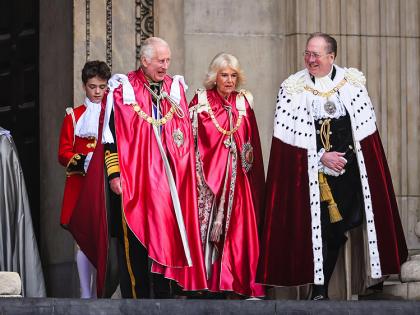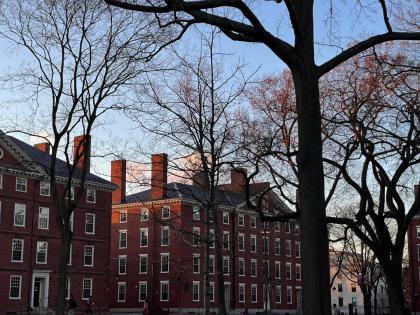Charles G. Gross ’57, professor of psychology at Princeton, studies visual perception and learning. He also writes popularly. In a second collection of essays, A Hole in the Head: More Tales in the History of Neuroscience (MIT, $35), Gross uses a fragmentary art work to evoke an earlier society with different norms of biomedical research.
Rembrandt van Rijn’s striking painting of a human brain being dissected by a headless figure, The Anatomy Lesson of Dr. Deijman (1657), may be the most famous portrayal of a neuroscience procedure…. It represents a curious combination of two genres of European painting: the group portrait and the historical painting, in this case an account of a public dissection.…
The great popularity of group portraits was a unique Dutch phenomenon. In sixteenth- and seventeenth-century Holland, there was no sovereign monarch or royal court and thus no royal patronage of the arts. Furthermore, due to the rise of Calvinism, the Church no longer supported the arts. Thus, the principal large commissions available to artists were group portraits of the members of trading associations, hunting clubs, and guilds or other civil institutions….
The spectacle of public dissections in front of large audiences of both medical professionals and laymen began in the early Renaissance medical schools of Italy and had become common throughout the continent by the middle of the sixteenth century. In Holland, they were an elaborately regulated public ritual in the major cities. Since each city usually authorized only one such public dissection each year, it became a major event in the Dutch social, educational, and entertainment calendar; it went on for three to five days following the execution.
The dissections were conducted by a leading surgeon in the community….
They were held in the winter to retard putrefaction of the bodies and were conducted in special anatomical theaters that held 200 to 500 spectators. The affairs were evening events, illuminated by scented candles and often accompanied by flute music.…Everyone was charged admission. The proceeds were used not only to pay the fee of the praelector but also for food, drink, and tobacco at the major banquet of the Guild of Surgeons.…
The portrait is a more accurate account of the standard public dissection than Rembrandt’s earlier painting [The Anatomy Lesson of Dr. Nicolaes Tulp, 1632]. The dissection of the viscera has been completed first and Deijman has removed the top of the skull (which his assistant is holding), has flapped back the dura, and is presumably about to start the usual next step, horizontal sections of the cerebrum.…
The radically foreshortened body is particularly dramatic, leading the viewer’s eye from the confronting feet, across the open viscera to the brain and the scalpel.…The eyes are just enough in shadow to stare directly at the viewer. The blackish toes and lips, the yellow skin tone, and the rigor mortis are all of a reality never before seen in an “anatomy lesson.”








